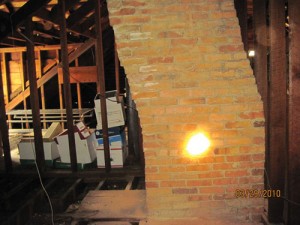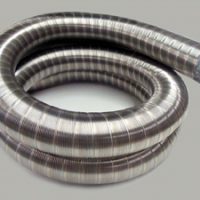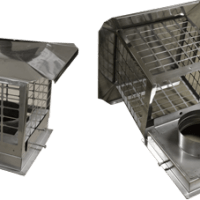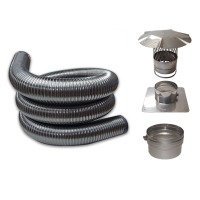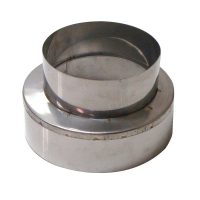If your chimney is straight (no offsets) then rigid chimney liner is the way to go. If you can’t get a straight pipe down because of offsets like the one in the picture, then your only option is to use flexible chimney liner.
Rigid Chimney Liner is without a doubt the best type of stainless chimney liner you can buy. It’s perfectly smooth which makes creosote build-up very minimal. It also allows your heating system to run without any turbulence in the chimney. This makes the system more efficient and adds up to big savings. For wood use 304L liner, and for everything else use 316L.
Flexible Chimney Liner comes in two forms. First is a smooth wall flexible chimney liner (Flex King Pro), and second is a regular corrugated flex liner (Flex King). If your chimney is not straight then Flexible Chimney Liner is what you must install.
Flex King Pro should be your first choice, it’s our premium liner – the Cadillac of chimney liners. Flex King Pro liners are going to perform much better because of the smooth wall interior. If you can sacrifice top performance Flex King standard liners are our economy liners. They will get the job done and carry a lifetime warranty.
